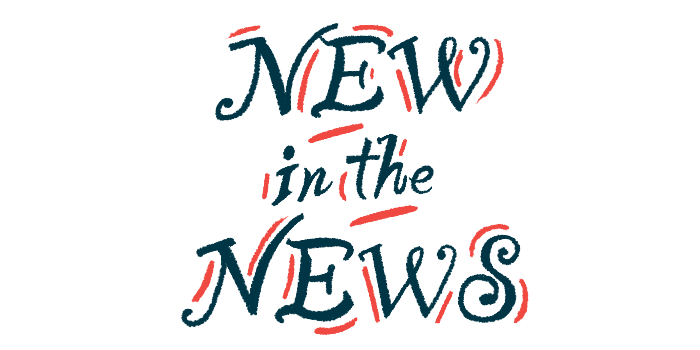Translating Angelman patient registry boosted participation
Enrollment increased by 124% in Spain, 67% in Latin America, and 46% in Asia

The translation into other languages of the Global Angelman Syndrome Registry (GASR) website has substantially boosted global participation by families affected by Angelman syndrome, a study shows.
Researchers say adopting multiple languages “helps build and maintain engagement with global disease communities.” The approach could also serve as an example for other rare disease registries that are limited only to English. The GASR website is now accessible in 19 languages.
The study, “Does the registry speak your language? A case study of the Global Angelman Syndrome Registry,” was published as a letter to the editor in the Orphanet Journal of Rare Diseases.
Global disease registries are an integral way to collect patient data about rare diseases, including Angelman syndrome, a rare neurological disease estimated to affect around 500,000 people worldwide. English is often the default language for these registries, even if they’re intended to be global, which poses a barrier to participating for families who speak other languages, however.
“Despite the need to be global, there is a lack of diversity in terms of language available on global registry websites,” wrote the researchers, who said there remains a need to adopt multilanguage translation strategies on rare disease patient registry websites.
Launched in 2016 under the sponsorship of the Foundation for Angelman Syndrome Therapeutics Australia, GASR contains a series of online modules that Angelman caregivers can complete to submit data about patient demographics, clinical presentation, and treatments. Along with helping scientists better understand the disease’s natural history, the registry is intended to help recruit for clinical trials and develop new therapies.
While initially available only in English, GASR adopted tools that enabled it to be available in other languages.
In other words …
Here, the researchers described this approach in the hope it could serve as an example for other rare disease registries.
The developers used a semi-automated approach to generate the translations, then trusted professionals in the Angelman community were asked to serve as proofreaders for the translated content.
Based on this work, GASR became available in Spanish, traditional Chinese, Italian, and Hindi in 2022.
Before the translations were adopted, 1,625 families were enrolled, most from English-speaking countries. After the translations became available, enrollment increased by 124% in Spain, 67% in Latin America, 46% in Asia, 43% in India, and 24% in Italy.
Feedback among those involved in the process indicated it was user-friendly.
The scientists also conducted a preliminary validation study and looked at 107 English responses and 55 Spanish responses to the “Newborn and Infancy” module of the GASR. Results showed the responses between English- and Spanish- speaking caregivers were generally consistent, with few differences between them, confirming the validity of the translated content.
Altogether, “the availability of translations has led to greater participation and engagement of Angelman populations from regions where Spanish, Italian, traditional Chinese and Hindi are spoken,” wrote the researchers, who noted it wasn’t always easy to source proofreaders for certain languages since registry participation was very low in some regions. They said more work needs to be done to validate their translations.







